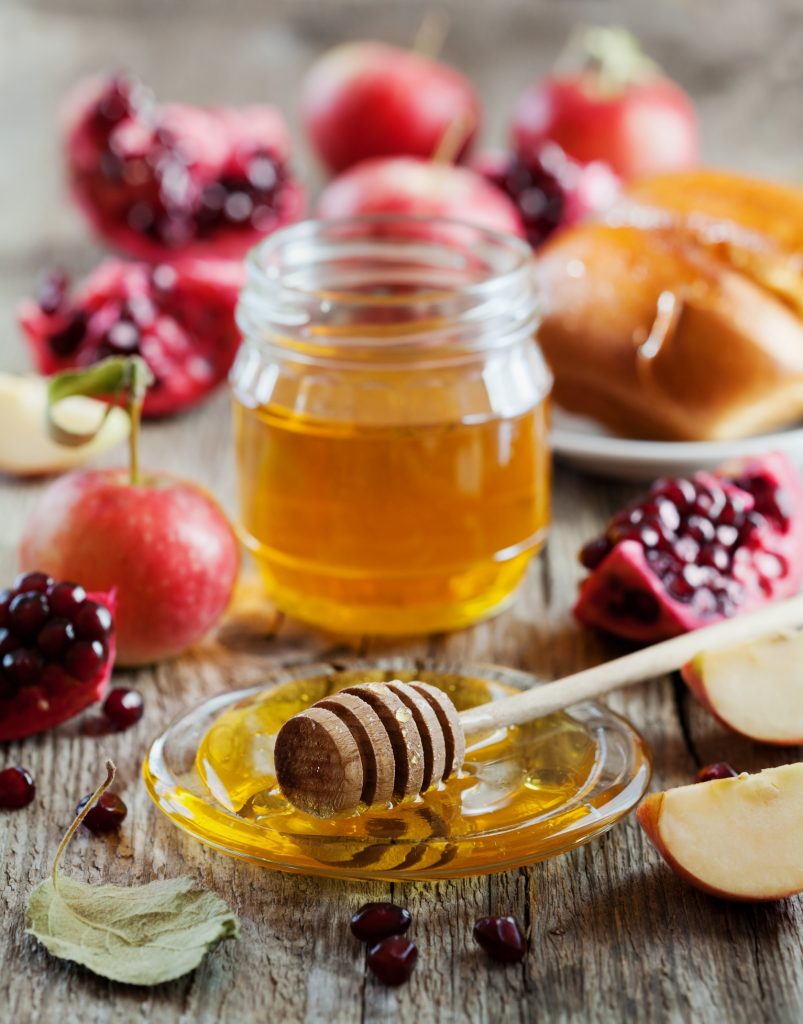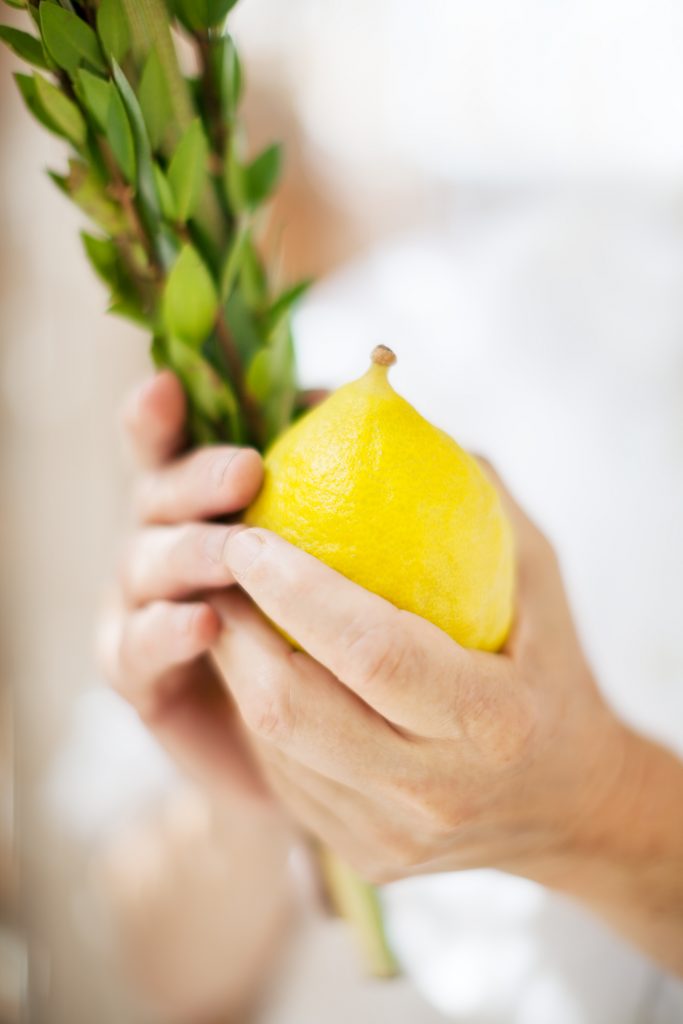מערך שיעור לראש השנה וסוכות
Rosh HaShana and Sukkot Lesson Plan
מערך שיעור זה הוא דרך קלה וכיפית לפתוח את השנה, והוא מתאים לתלמידי חטיבה ותיכון.
בשיעור זה התלמידים יקראו טקסטים קצרים ולאחר מכן יתרגלו את רשימות המילים הכוללות מילים הקשורות לראש השנה ולסוכות. ניתן לתרגל את המילים באמצעות כרטיסיות או משחק.שימו לב, התלמידים מתרגלים את המילים מתוך רשימות המילים שכאן ואתם, המורים, יכולים לצפות בהתקדמות ובציונים שלהם באתר מורפיקסקול. ההסבר המלא על מעקב אחר התקדמות תלמידים מופיע כאן.
בחלק האחרון של שיעור זה התלמידים ישלימו משפטים מתוך בנק מילים לתרגול מעמיק יותר של הבנת הנקרא ושימת לב למבנים דקדוקיים המסייעים בהשלמת המשפט.

Rosh Hashana
On Rosh Hashana, we celebrate the beginning of the new Jewish year. Rosh Hashana is also known as Judgment Day because on this day the world is judged as to what will transpire throughout the year. It is customary to give money to charity before Rosh Hashana, and to say the Slichot.
On Rosh Hashana we blow the shofar, we dip apples in honey and wish each other a happy new year.
For class discussion:
1. Why do we eat pomegranate seeds on Rosh Hashana?
2. What other foods do we eat on Rosh Hashana and what do they symbolize?
3. Why do we blow the shofar on Rosh Hashana?

Sukkot
Before Sukkot, Jews build a sukkah (a booth, or a tabernacle) where they live during the seven-day holiday. The sukkot are built as a reminiscence of the temporary dwellings in which the Israelites dwelt during their 40 years of travel in the desert.
On the Chol-HaMoed morning prayers, Jews perform a waving ceremony with the four-species.
2. What does each of the species symbolize in relation to Am Israel?
3. What materials can be used to build the walls of the sukkah? And for the schach (the roof)?
Sentence Completion
Wordbank:

Fill in the missing word in the following sentences:
- It would be much easier to forgive him if he showed some _________.
- There are fewer days per month in the _______ year than in the solar year.
- Sam donated $300 to ______________ last year.
- Rosh Hashana is also known as ___________ Day, and Yom Kippur is also known as Day of ____________.
- Sukkot starts on a ___________ moon, since it starts on the 15th of Tishrei.
- The sechach – the covering of the sukkah – must be made from anything which ________ from the ground and it must be detached from the ground.
- The word Ushpizin means ___________.
- The name of the month of Tishrei comes from the Babylonian month ‘Tashrit’ which means ______________.
- The day after Rosh Hashana is a _____________ day, commemorating Gedalia Ben Ahikam’s assassination.
- The day after Sukkot is ______________.













